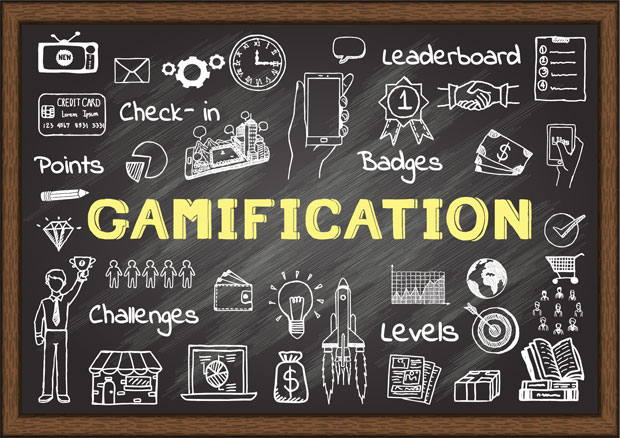When gamification was just starting to catch on several years ago, I recall sitting next to the CMO of my then-company at a Gartner conference session. The presenter walked the audience through the concept of using ideas borrowed from gaming as a motivational tool, and about two-thirds of the way through, the CMO turned to me and whispered, “This is the most ridiculous thing I’ve ever seen.”
At the time, it probably did seem dumb to a lot of people seeing it for the first time. In environments where behavior is driven by bonuses, incentives and compensation, how on Earth could virtual badges, graphics of trophies, and computer scoreboards achieve any positive changes?
People are weird creatures, though. They’re motivated by all kinds of things, and gamification offers immediate — if not monetary — gratification. It works. Even my former CMO admits that now.
Compensation Is the Rule
However, when considering gamification’s place in a sales or marketing organization today, it quickly becomes clear that those initial skeptical impulses were legitimate. No right-thinking sales pro is going to work for tokens on his personal scoreboard.
Even departmental scoreboards — like the now-common monitors showing the ranked current performance of the sales team as a means of stimulating competition — have limited usefulness on their own.
Getting the most from gamification requires identifying the things that are important to your sales team, the things you wish to change, and the best way to use the right tools to change them. It’s not a question of using gamification or not using it anymore, and that’s not just because gamification seems to have become a more mature tool.
It’s because the number of sales and marketing behaviors that need to be influenced has grown, and you’ll need every tool at your disposal to motivate the changes you want to make. It’s also because your bottom line may not accommodate paying more in incentive compensation.
Total sales revenue is still important, of course, and your sales compensation will continue to be based primarily on the amount of each salesperson’s quarterly sales. The accelerators and other bonuses included in your comp plan will focus on the dollar value of sales, for the most part.
However, comp plan managers and sales executives increasingly are identifying other behaviors that are so important for sustained success that they should be included in the comp plan.
Gamification Rules Can Change
For example, a salesperson selling a subscription-based product might gain a bonus if a post-sale survey showed that the salesperson had been effective in building a relationship and helped set the stage for the first renewal.
The introduction of new sales technology might be given a nudge with an incentive to use the solution, and to take online training courses about the new technology within a certain time frame.
Training itself might be incentivized to ensure that sales people also can function as subject matter experts. Sales people might be paid a bonus based on their ability to sell with low discounts and maintain an acceptable level of profit margin. Or a bonus might be paid for gaining a contract that allowed the seller to issue a press release about the deal.
These ideas may sound great to sales management and to sales people. However, as they start piling up, your CFO might start to get a little sweaty. Companies can pay too much incentive compensation, and they often do.
Here’s where gamification comes in. If you can prioritize the behaviors, you can preserve monetary compensation for some, use gamification to encourage others, and combine the two to promote behaviors through contests, using gamification as a method for encouraging competition.
For example, a business in which sales people are discounting heavily might shift its next-quarter priority toward profit margin, introducing bonuses for sales people who stayed above a certain threshold.
At the same time, the business might use gamification to reward sales people for other desired but less highly prioritized behaviors, like engagement with training, while offering a cash prize to the rep who placed at the top of the staff in building relationships with customers, based on customer survey results.
Sales people become very upset when their comp plans change unexpectedly — but less so when rewards through gamification change. That allows businesses to be more flexible with their gamification approaches, so they can shift the behaviors being motivated with far less friction than if they were to alter or end monetary incentives.
The problem with the hype stage of gamification was that it too often was treated as a separate program from other incentives. The reality is that it’s not a replacement, it’s an augmentation of the way companies reward employees. With sales becoming more complex, and with the behaviors that sales managers need to encourage increasing in number, gamification offers a way to guide sales people toward success with incentives that don’t threaten profitability.






















































Social CRM
See all Social CRM